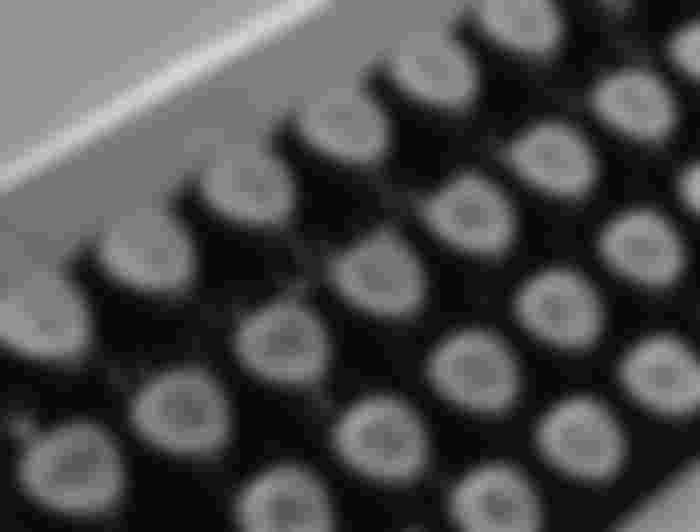
Review or Review Article , including Mqalatyst you can publish in scientific journals. This type of article, as its name suggests, reviews and evaluates past research and published materials. In the review article you can critique and analyze the work that has done and make suggestions.
Who is the review article useful for?
Knowing by whom the article you are writing is the most that can help you write a better review article.
A review article is usually read by this group of people and will be useful to them:
-Specialists in specific research fields
-Students and novice researchers
-Decision makers
What are the types of review articles?
The review article itself is divided into three other categories:
Narrative Review Article:
This type of review article is useful for comprehensive and detailed topics. In a narrative review, a summary of the initial and original studies of a subject is given. The result of these articles refers to quality rather than quantity.
Systemaric Review:
This type of article focuses on a question and throughout the article the author has tried to answer that initial question by providing evidence and analyzing the issue. The end result comes from a variety of research.
Review of the Best Evidence:
This type of article is in fact the combination of the other two types of review articles. In this type of review article, sufficient information from a research is provided to the reader so that the reader can independently draw conclusions based on that evidence.
Word count of review article:
You need to be careful when writing a review article. Narrative Review articles usually range from 8,000 to 40,000. Systematic Review Articles are often shorter and less than 10,000 words.
How to write a review article?
The components of the structure of the review article are almost the same as the components of the original article, and in writing the review article, the same principles of article writing are followed. The main difference between a review article and an original or experimental article is in the main body of the article. Therefore, a review article also includes the following:
Title:
As with any article, the title plays an important role in reading your review article. The title you choose will help the reader decide whether to read this article or not. Therefore, the title should be chosen so that the reader understands briefly what this article is about. The title should be written in the present tense and be between eight and twelve words.
Abstract:
The abstract of a review article should be written in the present tense. Also, because it is short, the goals in the article should be mentioned very quickly. The length of an abstract can be between 200 and 250 words.
Introduction:
Introduction The review article is slightly different from the other introductions. In the first paragraph of the introduction of the review article, we describe the background and background of the issue, but do not refer to the findings. The introduction also mentions what made you review this article, which ultimately leads to the purpose of writing the article. In this section, you can also point out the ignorance of the subject under study or its problems and complexities. The length of the introduction should be between 10% and 20% of the whole article.
How to do the job:
The method of doing the work usually refers to the research and work done by the researcher in the articles, according to which the details and steps of doing the work are mentioned. But in review articles, in fact, the author of the article himself has not done any research and is reviewing the research done by another person, so in this section, he should point out how to access the desired articles and the criteria for selecting articles. This section should specify what databases and keywords have been used to search for this topic.
To write more based on the method of work, you should have reviewed different phrases and different articles, mentioning the date and time spent in this search is also very important. By doing this, the judges and readers of the article know that the summary and review is complete and accurate, and you have not skipped it.
findings
Another part of the main body of the article is an overview of its findings. In the findings section, the contents of selected articles are summarized. The findings should be relevant to the title of the article, so do not point out complex and scattered points, but focus on the main point and examine the issue in different articles.
In this section, you can also refer to the theories presented and the experiments performed. One researcher may disagree with another researcher's theory. You can also comment on this topic by mentioning this disagreement. After reviewing the content and findings of other articles, you can add your point of view as an expert.
Usually the findings section of an article covers between 70% and 90% of the total article. Try to complete this section with organized and regular paragraphs. The content presented in each paragraph should be related to the next and the previous one, and do not enter into another topic without too much introduction. Your review article should be idea-driven, not only to help the reader understand, but also to give them ideas on the subject.
Conclusion:
In the main article, there are usually two ways to conclude, either the hypothesis is rejected or accepted. However, different conclusions can be drawn in the review article because the subject has been studied from the perspective of various articles.
So you can conclude one of these four cases:
The hypothesis presented is correct and confirmed.
The hypothesis may not have been proven, but it is currently the best justification unless there is evidence to disprove it.
It is not yet clear whether this hypothesis is 100% true or false, as there is still controversy over it.
The hypothesis is wrong. This conclusion is despite the fact that with the reviews conducted in various articles and researches, the majority voted that it was wrong.
In order to have a better conclusion, you should review various articles and researches so that you can review the subject from different perspectives and with different findings.
Conclusion A review article covers between 5% and 10% of the total article.
thanking:
Writing this section is completely optional and is not considered as a part of the article and usually does not take up more than one page or several sentences. In this section, you can thank the people or organizations who helped you write this article.
Lists:
Like other articles, the last section of the article deals with references and researches that are referred to. Although this section is not counted in the number of words and pages of the review article, at least 50 different references are usually used to write a good review article.
Although this number also depends on the topic you are reviewing, there may not be this number of articles and research in that field, but the more articles you have in this section, the more credibility your article will have.
Thanks for reading this article!

Nice and helpful article, go on.🤗🤗